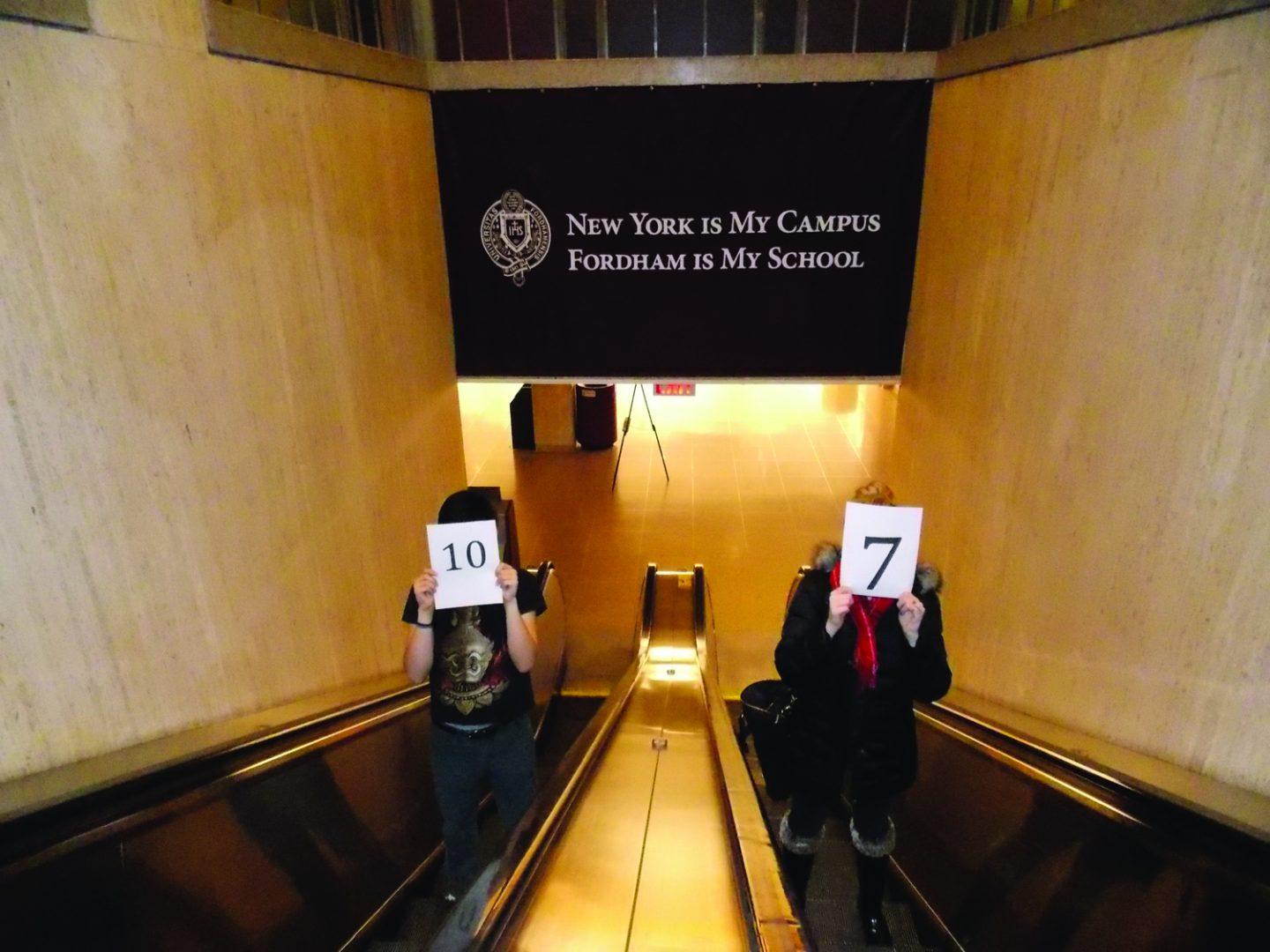Obama Scorecard Plan Compares College Costs
March 6, 2013

The College Scorecard, announced by President Barack Obama during his State of the Union address, allows for prospective students to search for colleges either by name or based on numerous criteria such as degree, occupation, size, awards offered, state, campus setting, region and distance education. Fordham’s entry showed that the average net cost of attending Fordham is $33,679, 77.6 percent of undergraduate students graduate within six years, 4.6 percent of loan borrowers defaulted on their loans within three years and that families typically borrow $23,000 in federal loans for tuition costs.
When comparing other universities in New York, according to the Scorecard, New York University (NYU) yields a higher average net price compared to Fordham and a higher undergraduate rate as well. The average net price of Pace is lower than both NYU and Fordham with a lower graduation rate within six years.
For each college, there are six sections of information including the costs, graduation rate, loan default rate, median borrowing and employment. Presently, the employment section has a message that the U.S. Department of Education is working on providing employment information for each college. According to Obama, the scorecard is “where you can get the most bang for your educational buck.”
The Scorecard only provides the average net price of the tuition which is the amount that all of the students pay after the loans and scholarships for that particular college. Christina Greer, assistant professor of political science at FCLC, said that when it comes to choosing colleges “parents and students are looking at the full price tag.”
According to Patricia Peek, director of undergraduate admissions, the net price is not usually reliable. “The federal calculation is the net price only for recipients of financial aid and ignores the price paid by those who do not receive aid. That can lead to a misunderstanding for families who think the net price is characteristic of the average net price paid by all students at that school,” Peek said.
In a New York Times article written by Richard Perez-Pena, “Scorecard for Colleges Need More Work, Experts Say,” the Scorecard supplies information as averages or medians, which does not provide enough information for individual families and only allows for estimates. The scorecard also does not have “side-by-side comparisons.”
“Families should use the tool in conjunction with other sources of information provided by each college or university that can be more specific. The campus visit and the website remain critical to determining if an institution is a good fit for a student and his or her family,” Peek said.
“Having more data available, such as our strong graduation rate and low loan default rate are pluses for the university,” Peek said.
Some students think that the Scorecard provides useful information for potential applicants applying to colleges. Wanda Medina, FCLC ’15 said, “It [the scorecard] might reduce the percentage of individuals who transfer as a result of financial issues,” Medina said.
Aziza Elayyan, FCLC ’15, shared a similar opinion to Medina, “The Scorecard will be useful for those who are in need of financial help. It can help them calculate the costs of how much they have to pay at the end of their studying.”
When asked whether the scorecard will be successful, Greer said, “It depends on how many students look at it and how many people have access to it.”












